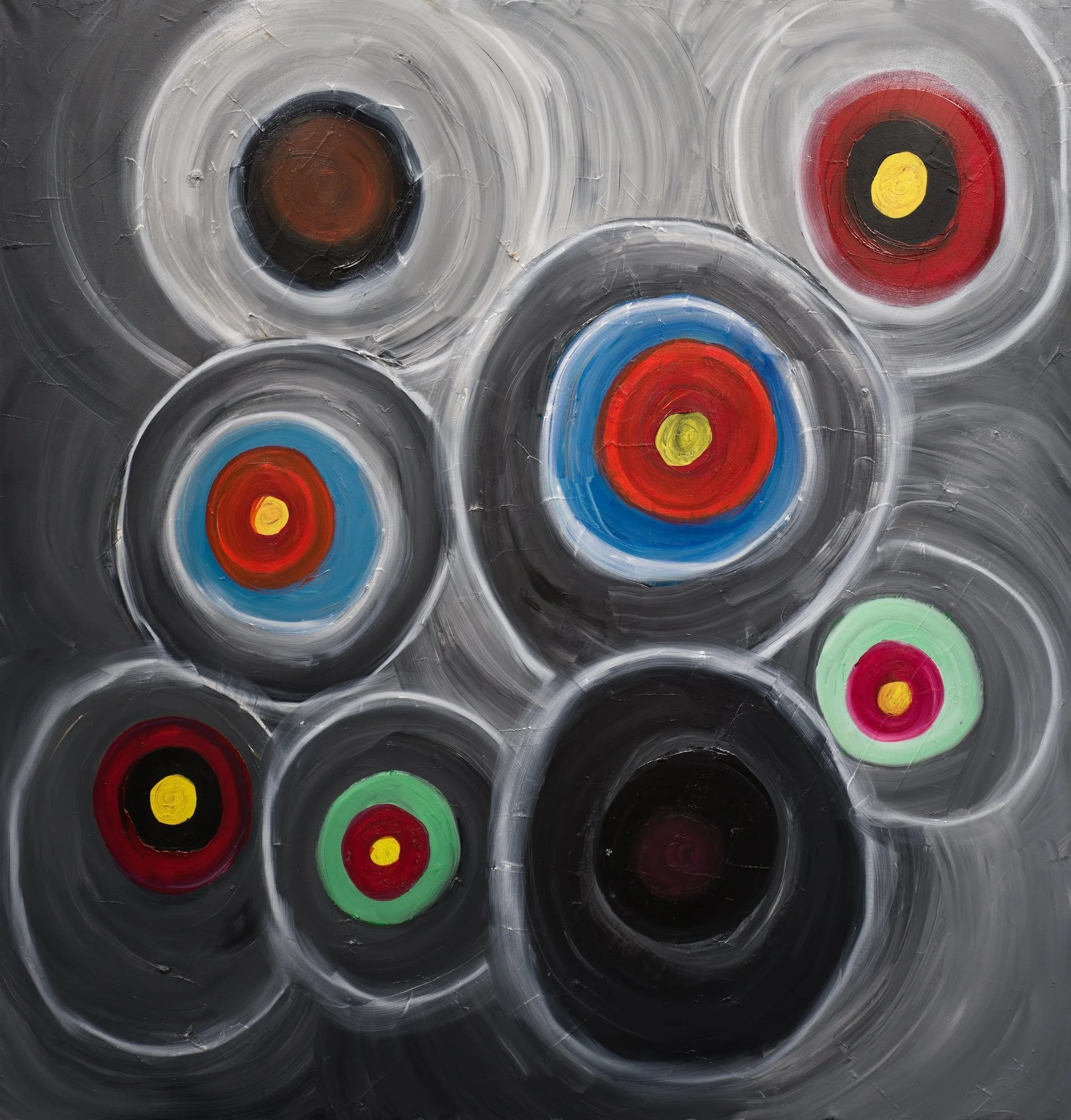Finding My Voice in Abstraction
Finding my voice as an abstract artist wasn’t about claiming a style—it was about learning to listen. To trust the process. To let the work become its own language.
It didn’t happen all at once. There was no moment where I stood in front of a canvas and said, “This is it.” Finding my voice as an abstract artist has been less about arriving somewhere and more about learning to listen—closely, quietly, without expectation.
In the beginning, I was chasing something. Technique. Identity. A visual language I could call my own. But over time, I realized voice doesn’t come from trying to say something—it comes from letting something speak through you.
I started to notice the moments that felt honest. When a line moved without hesitation. When a gesture surprised me. When I stopped thinking and let the materials guide the process. That’s when something real began to emerge. Something that wasn’t planned, but felt unmistakably mine.
For me, abstraction is the perfect mirror. It reflects not what I see, but how I move through the world—curious, nonlinear, open to change. My voice lives in that movement. In the surrender. In the refusal to control what’s still becoming.
It lives in the twine that drags pigment across a wet canvas. In the tension between geometry and gesture. In the colors I return to again and again—not because I choose them, but because they return to me.
Voice isn’t something I found. It’s something I’m still uncovering. And maybe that’s the point. To keep showing up. To keep listening. To let the work teach me how to speak.

